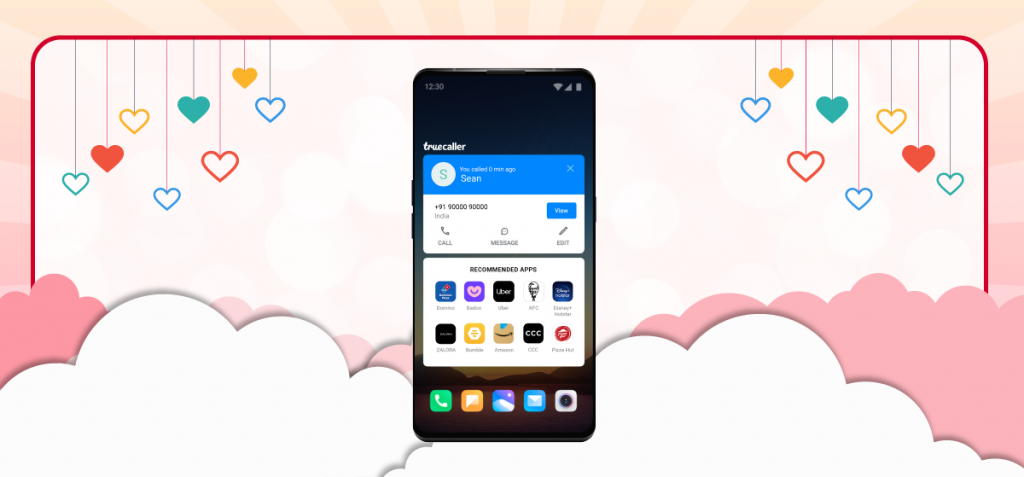Dating apps have been around for a while and have become an integral part of modern romance, but in 2023 their popularity has grown the world over, and for many millions of people they’re now the ‘go to’ method of finding love and the right partner.
In fact, over 300 million people use dating apps worldwide.
The global dating apps market size was valued at USD 8.2 billion in 2022 and is expected to expand at a CAGR of 4.6% to reach USD 10.7 billion by 2028.
North America accounts for the highest share (58% in 2022) of the global dating apps market, due to the presence of a large number of prominent industry players such as Tinder and Bumble.
Dating Apps Growth
Looking at the future of dating apps globally, Asia-Pacific is estimated to be the fastest growing region between now and 2028, with a regional share valued at USD 1,764.8 million in 2022.
China and India together held the majority of share in the region in 2022, at around 58%.
The growth in the Asia-Pacific region is primarily driven by a large single population, the growing purchasing power of consumers, growing internet usage and penetration of smartphones, busy schedules and increasing urbanization.
According to the Chinese dating app Tantan, the average time spent using the app by Chinese adults rose by more than 30% during the Covid-19 pandemic.
Indeed, the pandemic did give a big boost to the dating app market globally, as strict lockdowns meant that singles turned to such apps to search for companionship and connection during their social isolation.
For example, dating app OkCupid reported a “700% spike in dates” between March 2020 and May 2020, while video calls on Bumble increased by 70%, and Tinder declared 2020 to be its busiest year.
Why are Dating Apps so Popular?
In general, key factors influencing the growth in popularity of dating apps include the growing adult population, increasing proliferation of smartphones, and rising acceptance of outer caste marriages and dating.
The success rate of marriage in general is declining, resulting in the number of singles increasing all around the world.
The recent trend observed among people, particularly younger age groups, to prioritize their career over getting settled and married, is certainly playing a significant role in increasing the popularity of online dating.
Dating apps are also becoming particularly popular among the LGBTQ+ community, due to the social stigma associated with the community in many countries.
The apps themselves are also continually developing to offer a higher quality consumer experience which then attracts more users.
For instance, some apps are utilizing new technologies such as AI to recommend suitable partners, or introducing features like live video chat to enable users to talk face-to-face.
Subscriptions and Segments
“Freemium” is the most common business model for dating apps, with some enticing basic services offered for free along with an upsell to more advanced, paid subscriptions.
The extra benefits of paying a subscription include no ads, unlimited likes, and read receipts among others, with most people choosing to upgrade: the subscription segment accounted for more than 62% share of overall revenue in 2022 and is expected to grow at a CAGR of 7.7% during the period 2023 to 2030.
Based on subscription, the market is further sub-segmented into age, gender, and type. By age, the subscription segment is categorized into four age groups: 18-25 years, 26-34 years, 35-50 years, and above 50 years.
The 18-25-year age group accounted for the highest market share of about 58% in the year 2022, partly because this age group is using dating apps not only to find romantic relationships but also platonic friendships.
The usage of dating apps among the 26-34-year age group is rising owing to high divorce and separation rates, and is expected to become the fastest-growing segment, accounting for a CAGR of 8.0%.
Boosting Your App’s Visibility With Appnext
The dating apps market is continuing to ride high, particularly after its pandemic boost. The number of singles around the world is on the rise, and the number of those turning to apps to help them find a partner is growing as it increasingly becomes ‘the norm’.
So if you have a dating app all ready to do some matchmaking for eager singles, how do you reach out to them and get them to sign up? Traditional methods of user acquisition, such as advertising and social media marketing, can be expensive and may not always yield the desired results.
One way of boosting your chances of reaching your desired audience is through on-device app recommendations facilitated by discovery platforms such as Appnext.
Appnext’s patented ‘Timeline’ technology analyzes behavioral patterns and intentions and displays recommendations that are personal and contextual according to the user’s needs throughout their day.

So if, for example, a mobile user has been searching for dating apps, or perhaps events specifically aimed at singles, recommendations for other dating apps can be shown. Through Appnext’s AI-powered technology, app marketers can target specific audiences for their campaign based on parameters such as device model, location, age and gender.

This means app marketers can target their advertising at people in the specific age groups that most commonly use dating apps and tailor their campaigns to appeal to either men or women, depending on the type of app.
What’s more, they can access a vast audience of mobile users thanks to Appnext’s partnerships with leading mobile carriers and manufacturers such as Oppo, Vivo, Samsung and Xiaomi, which have a combined worldwide market share of 48%.
Certainly, with Appnext on your side, your dating app can be perfectly matched to its most relevant audience.




Comments are closed.